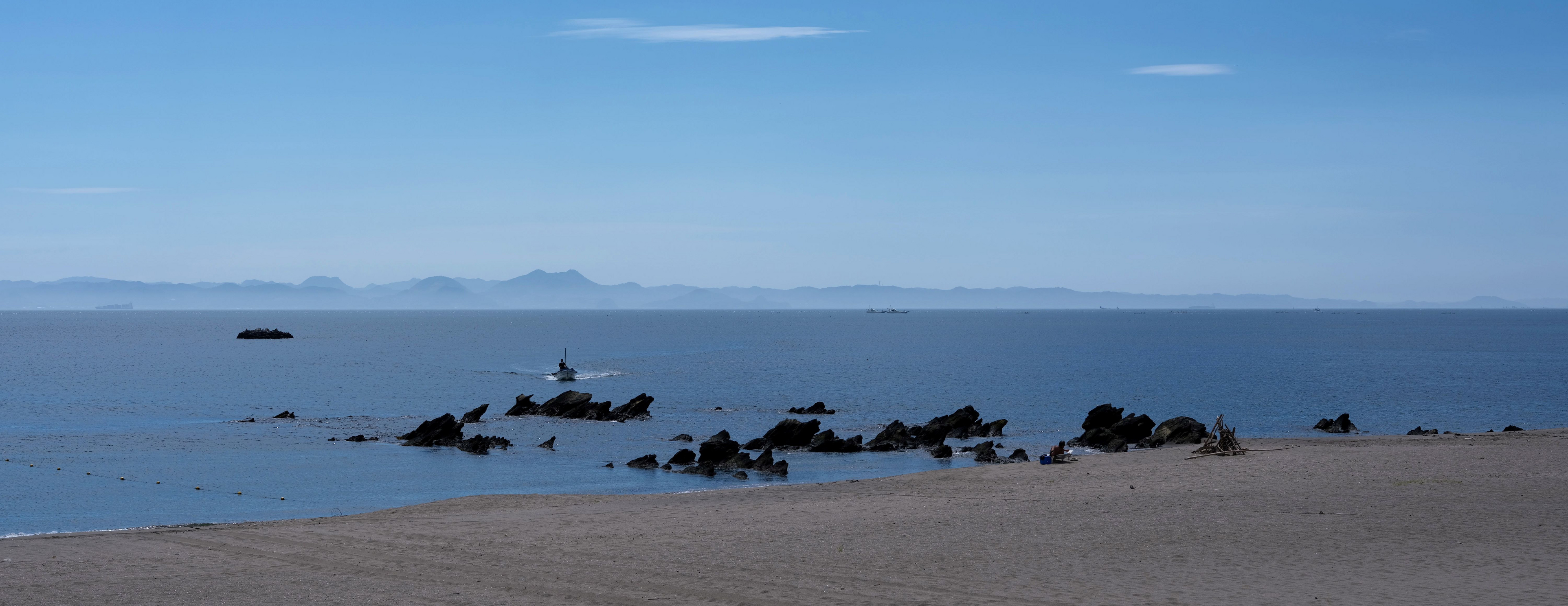Yokosuka Mike
Abstract Clarity
Nobi Kaigan
65:24 aspect ratio
65:24 aspect ratio

Fujifilm GFX50R camera
Fujinon GF 30mm f3.5 lens
June 2024, Nobi Kaigan, Japan
Fujinon GF 30mm f3.5 lens
June 2024, Nobi Kaigan, Japan

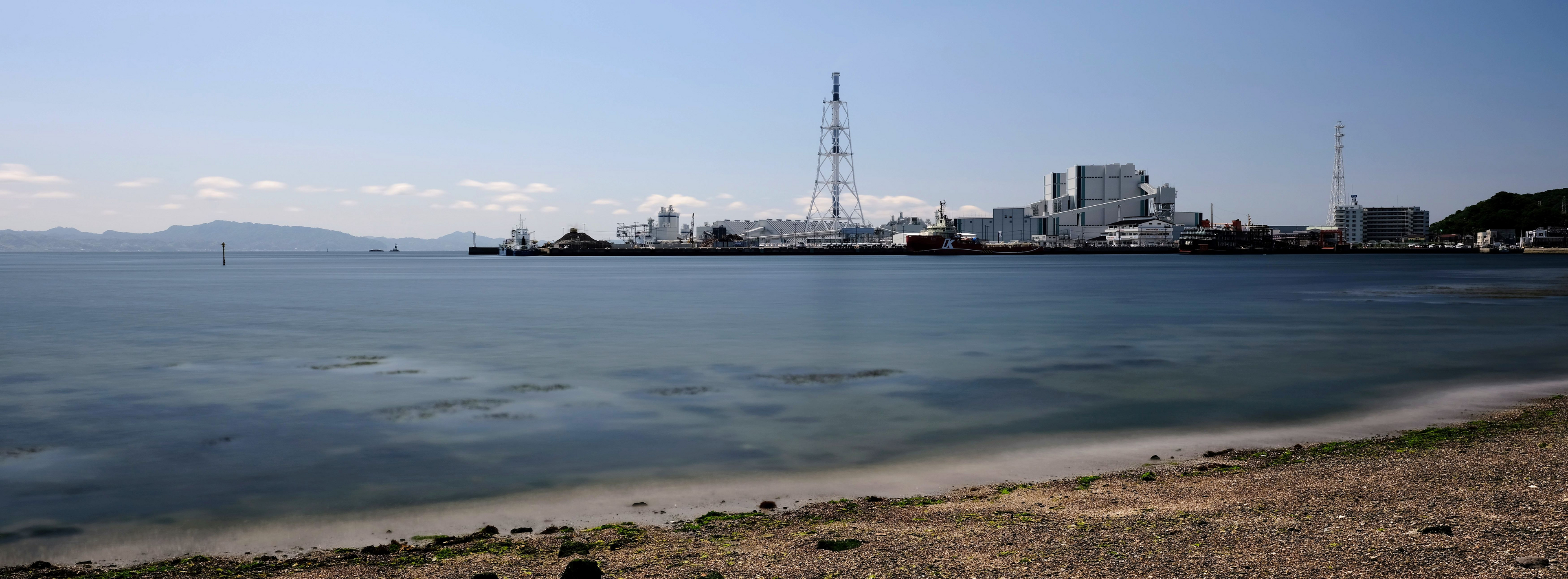
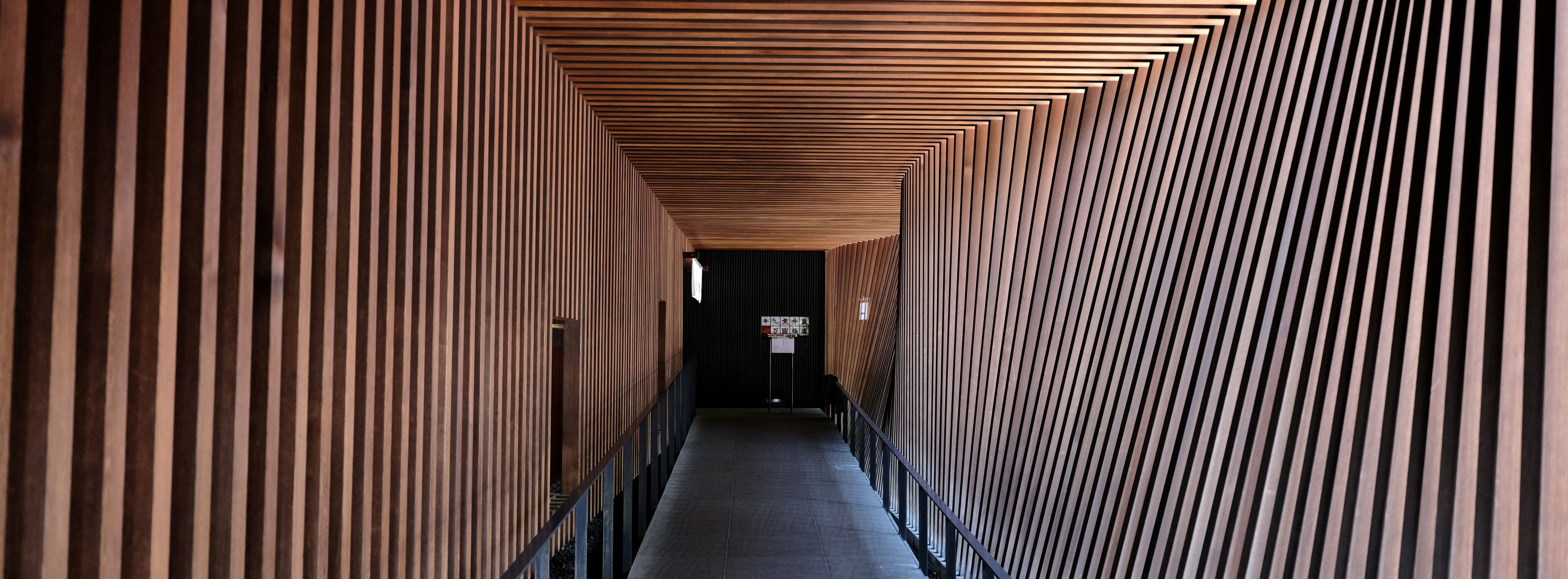
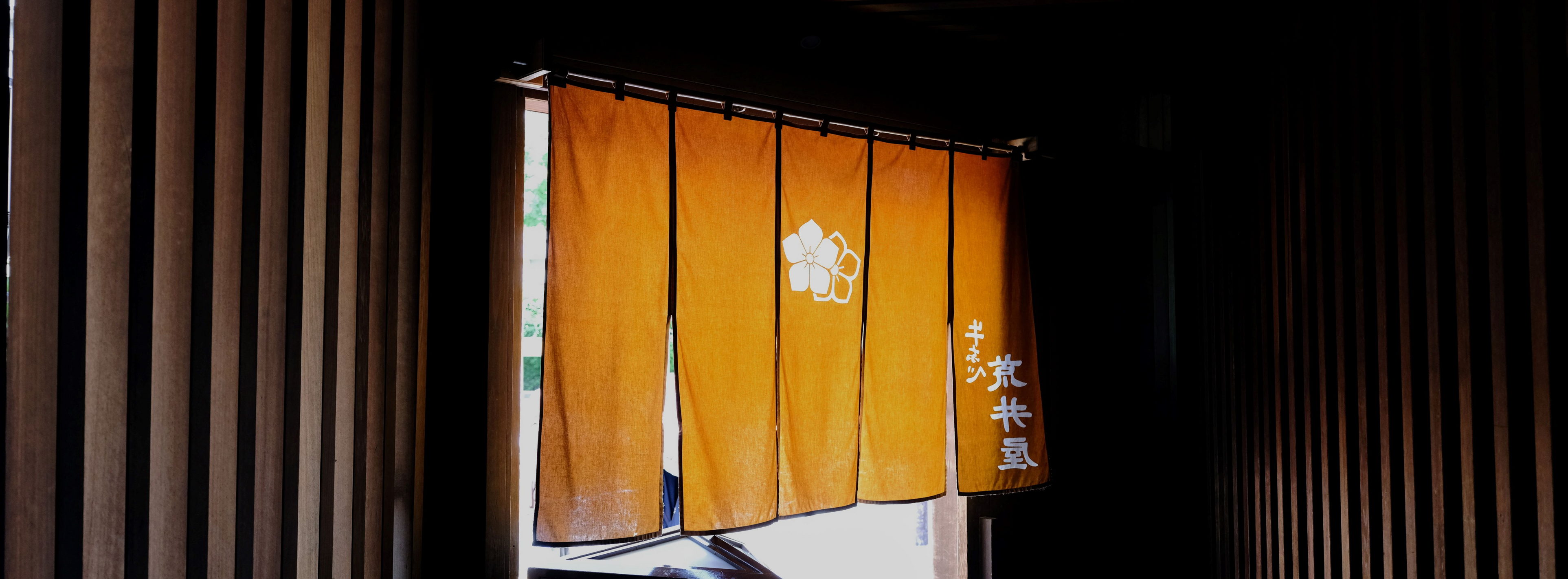
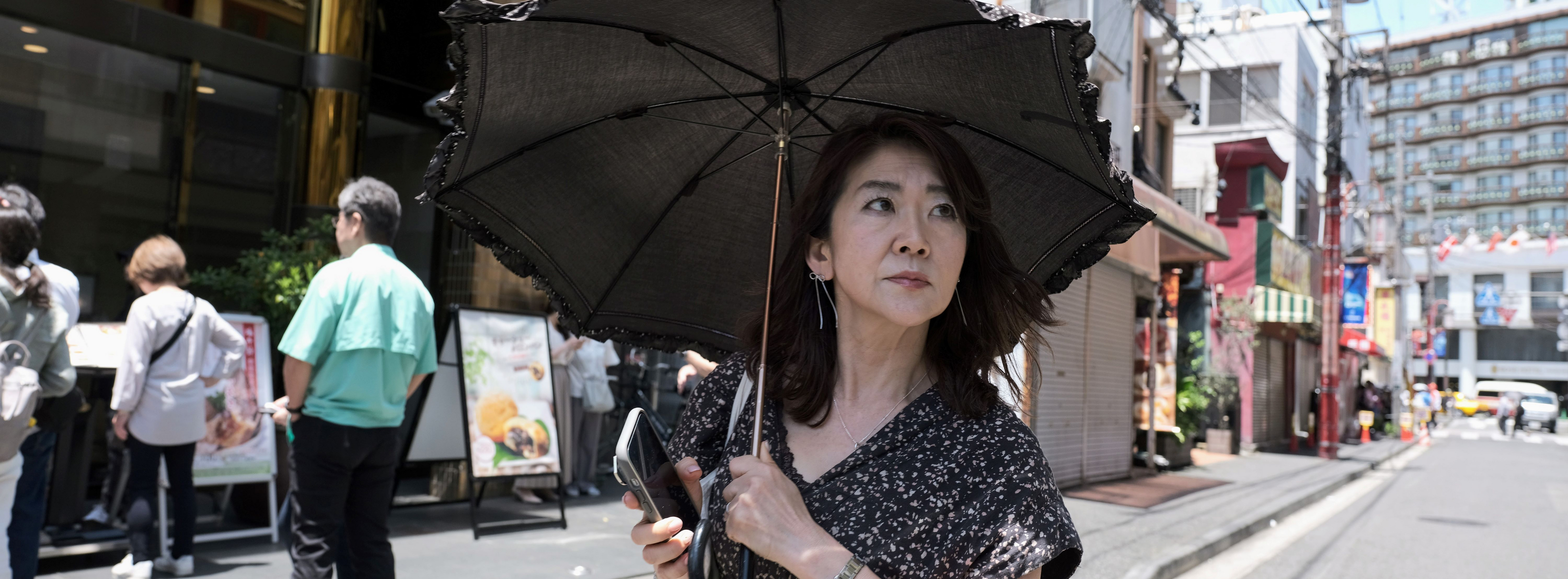
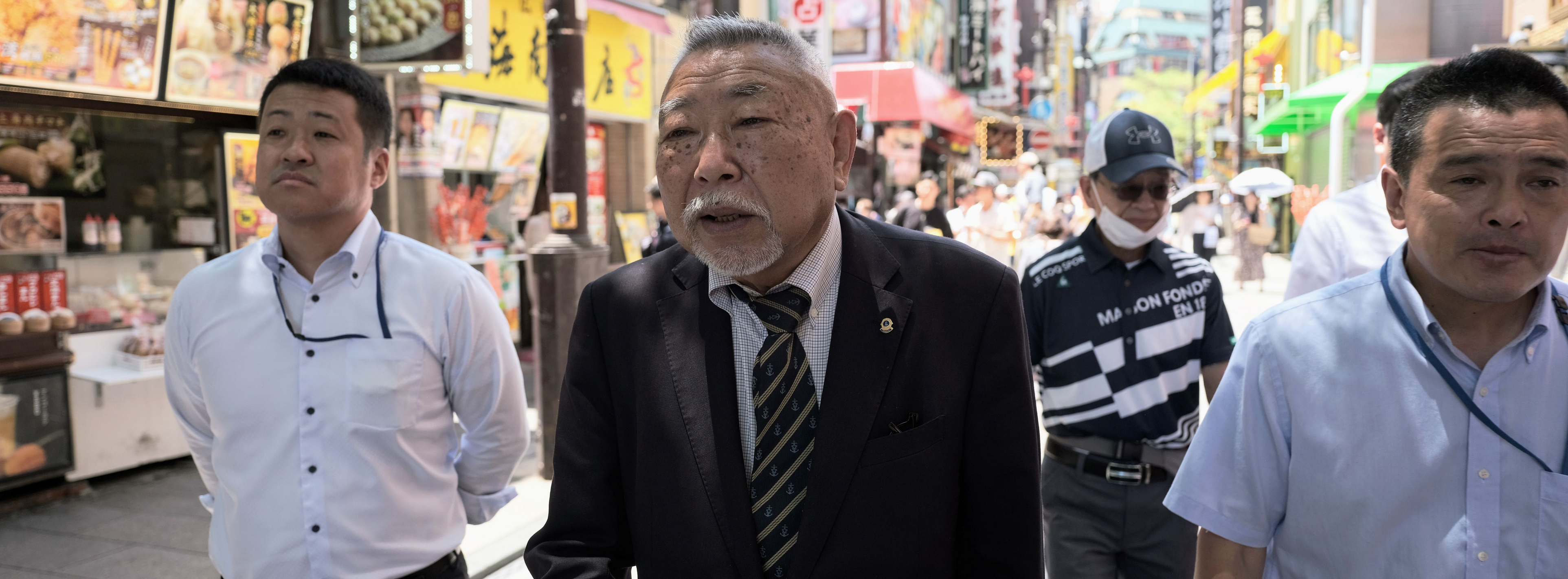
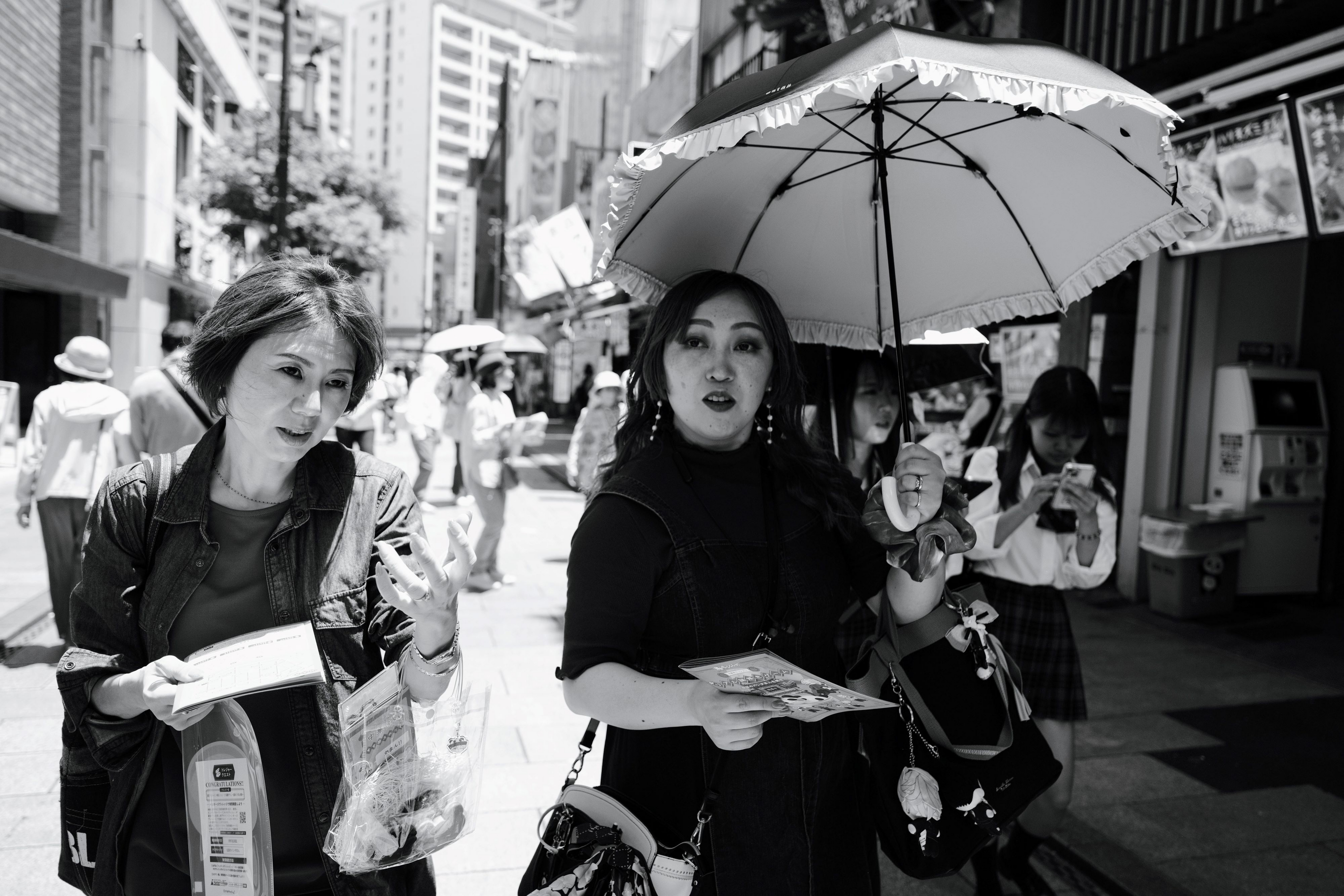
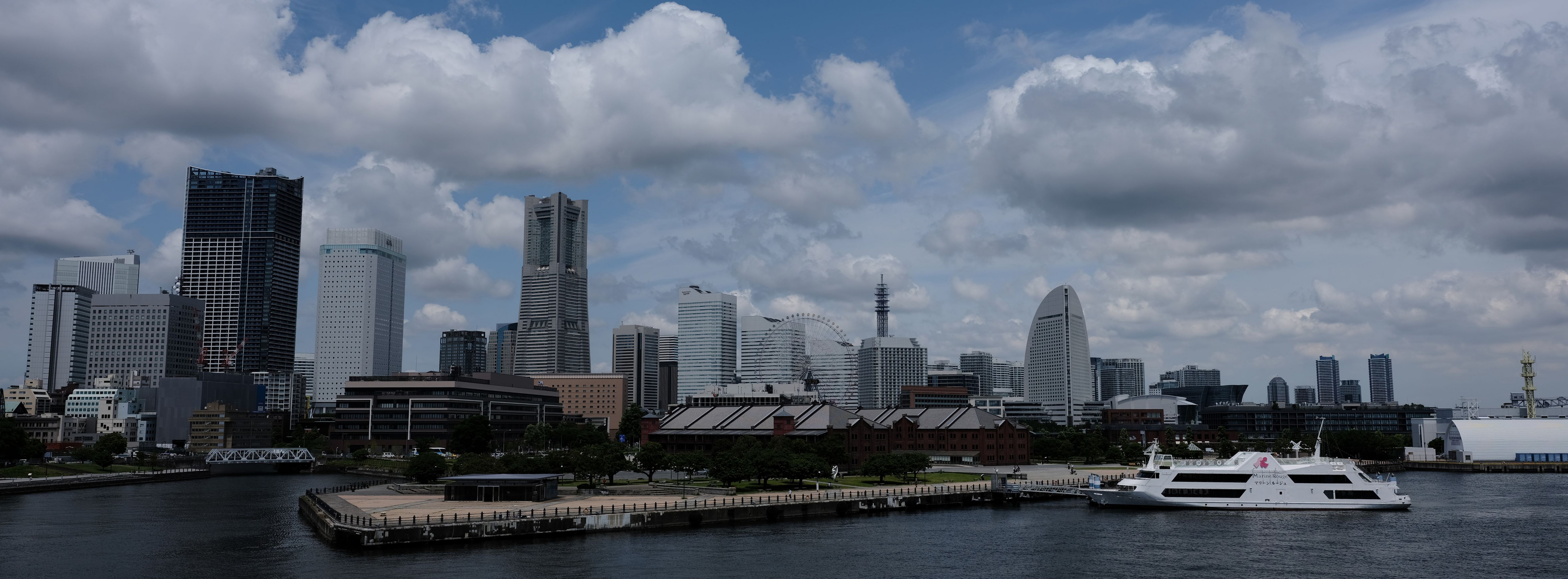
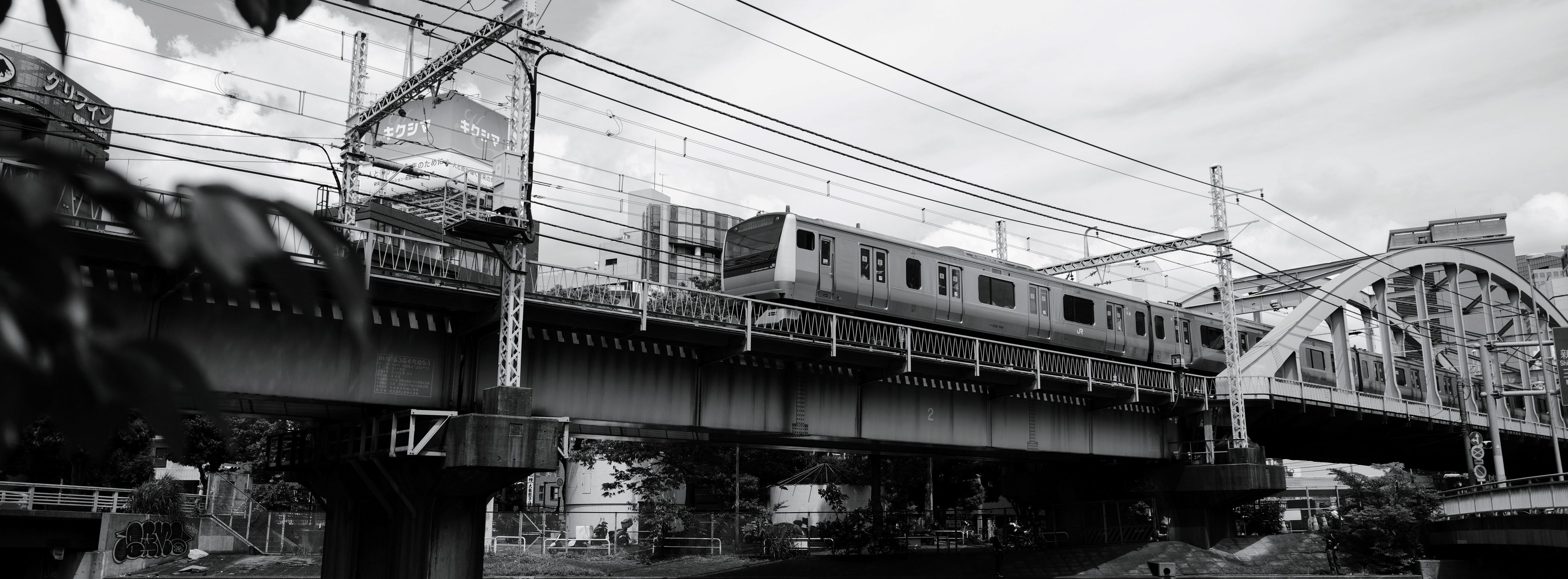
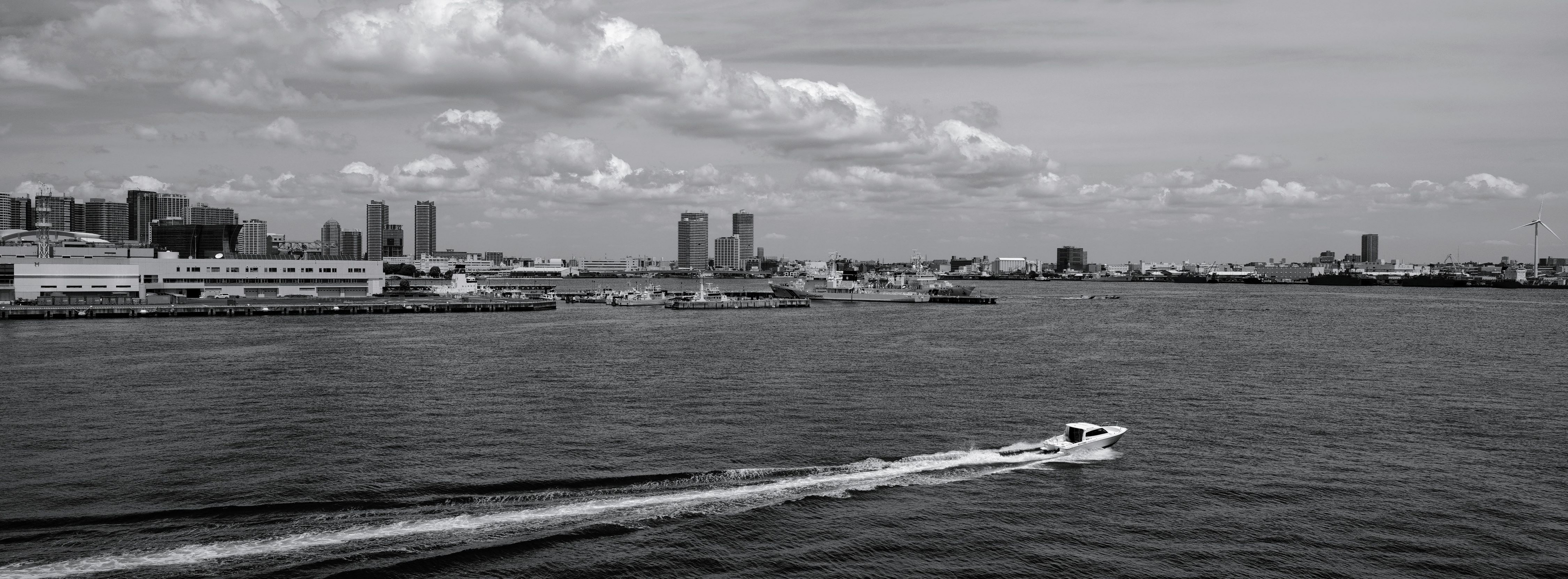
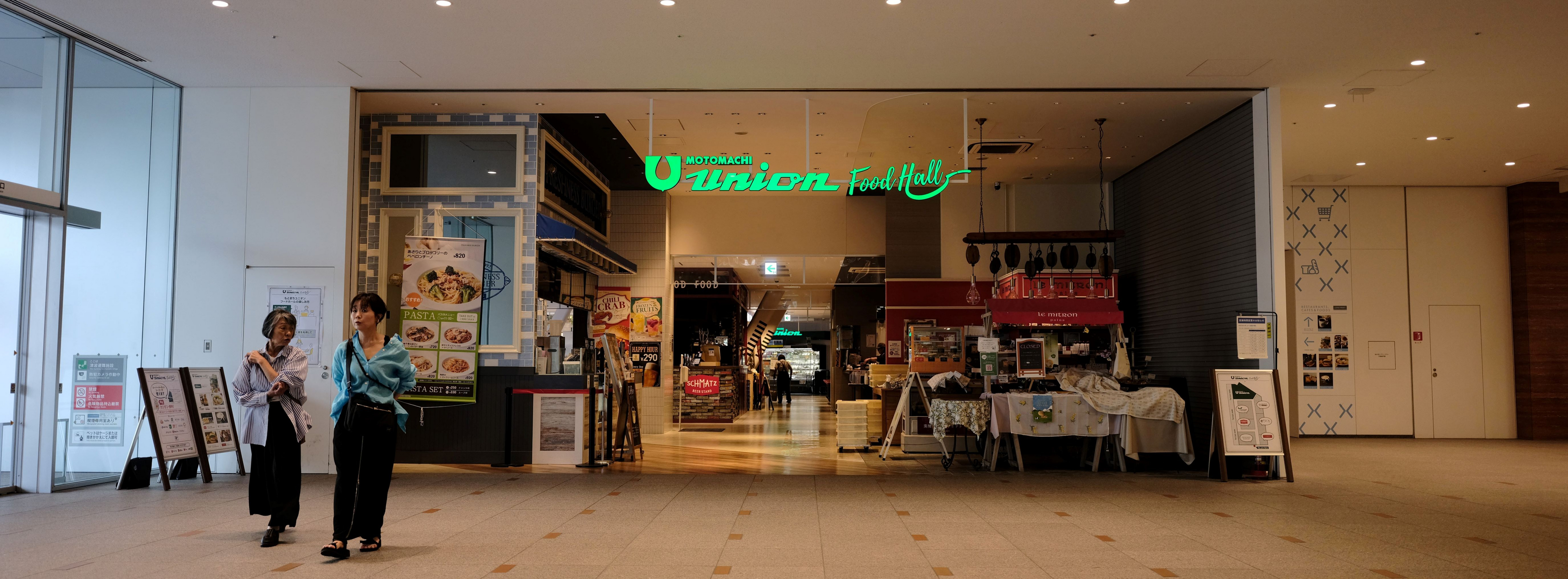
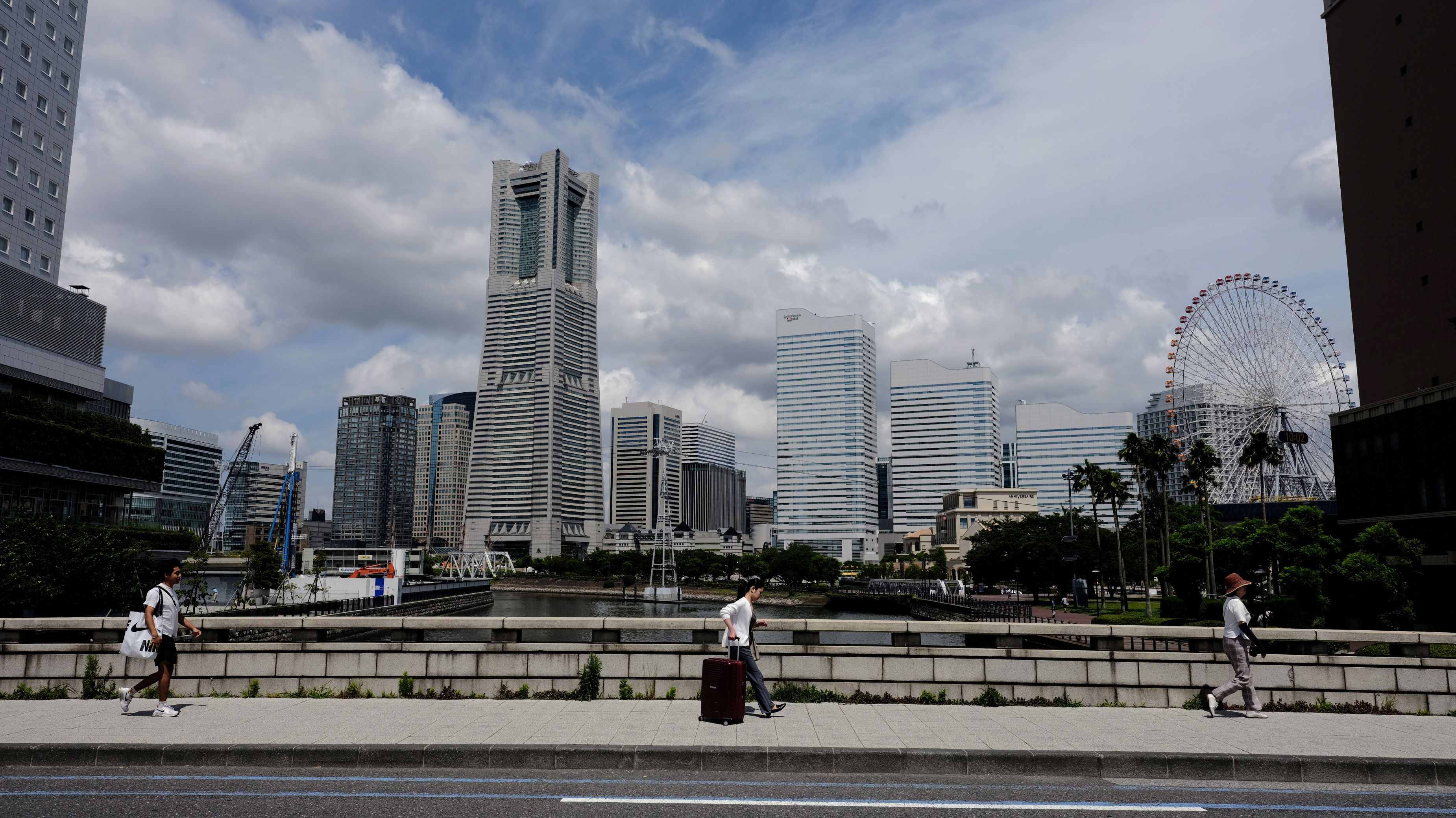
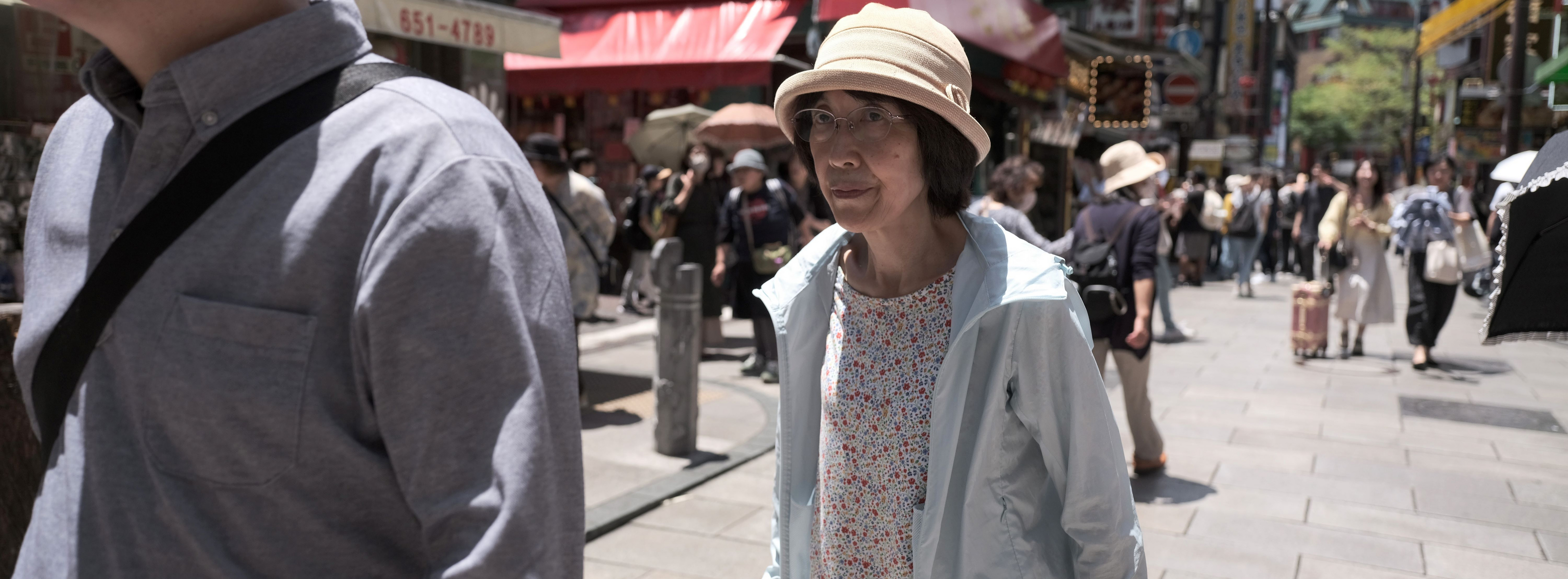
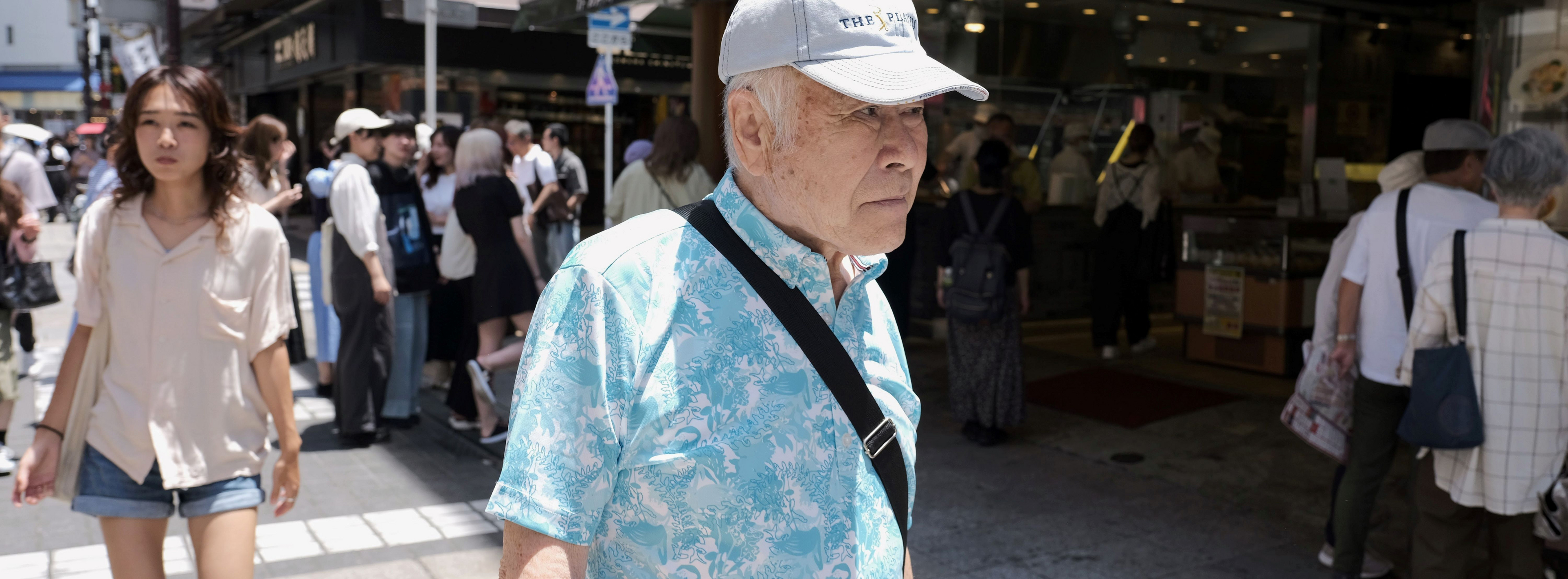
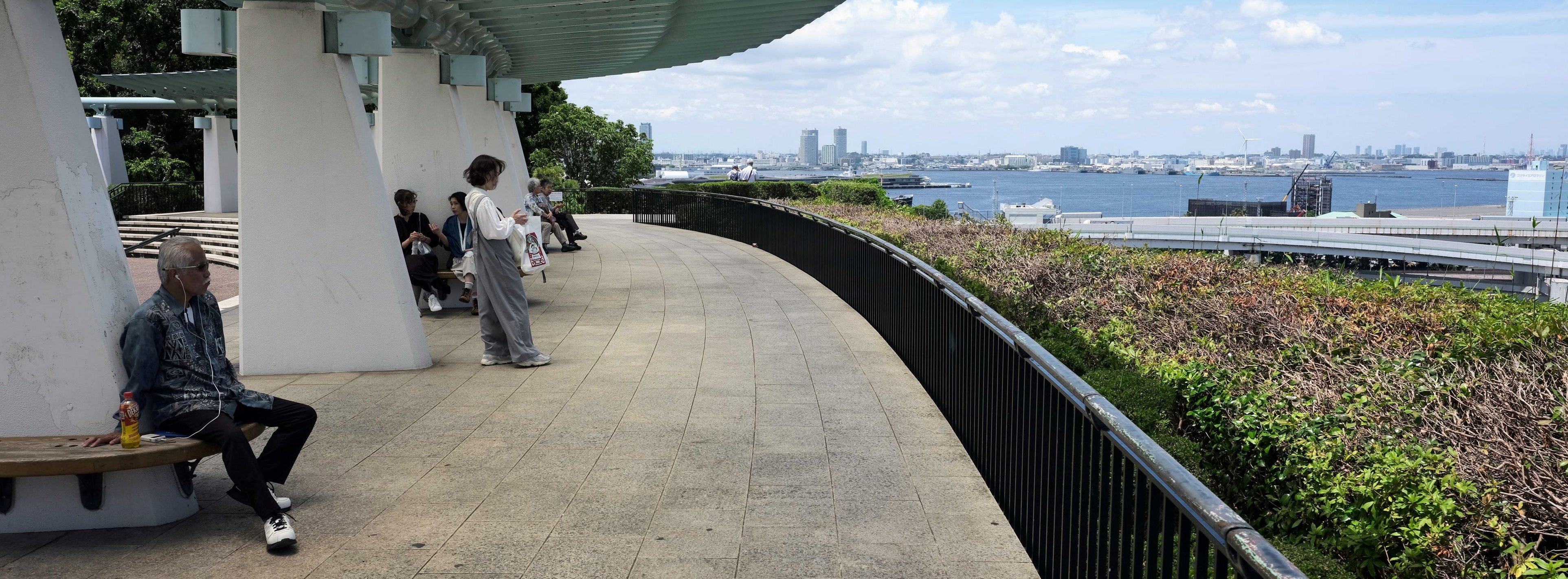
Really it’s in prints I think. There are some things in how they handle in to out of focus transition, but that’s also very much in the lens - I have 35mm pictures from Zeiss or Sigma lenses that have real 3D pop, as well as from the Fuji.I have a couple of questions for you guys, based in part on one of my current frustrations with the gor-ge-ous files that my Nikon Z8 is producing. I have only owned the camera for a couple of months but I feel like its technical abilities have changed what I can take picture of, and how I am photographing. All of that is good, but I am struggling a bit with the following:
1) How do you show off that 46 (or 50 or 100) MP goodness? I have the sense that a version of this problem exists for digi-medium format images as well. We all have to fit out 101010100's through a very narrow pipette to get them to the internet, let alone RFF. Or put another way: if I as the viewer can't tell the difference between a 100 MP Hassie image and a 24 MP image from a camera made by some other maker, all because the output has had to be downsized to fit on a webpage, is there an advantage to MF that can be seen in this venue? If a megapixel falls in the forest, but no one can see it . . . (you get the idea). Maybe those of us with really high resolution cameras have to buy space from SmugMug or another venue, and post links rather than images? Dunno. Would be interested to hear the thoughts of those of you like @Vince Lupo who have been in MF-land for a while.
2) The moving target problem. This is more of a philosophical question. I noticed that when this thread started in 2020, Mike was posting images made with a 50MP Fuji (a beast. . . . I have a friend here in the States who has one and I can tell you that the native files are A-Stown-Ding) Now Nikon and Canon are making mirrorless cameras that are within a hair's breadth of that. Is my Nikon Z8 a "medium format" camera now?
I would argue "no" -- even if the resolution is higher than the first digi-Hasselblad backs that were produced.
